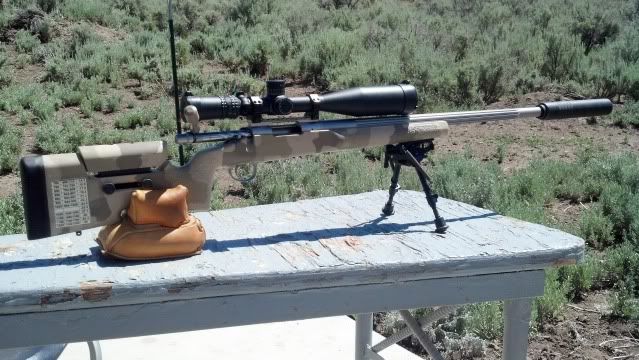spotstalkshoot
Well-known member
Shooting in general is mental,physical and equipment. Practicing shooting at longer ranges than your typical shots builds confidence. It also gives you actual information about you and your equipment limitations. I practice at 50+ yards with my bow, makes a 20-25 yard shot on deer seem easy. I carry a portable target stand in truck in the fall and winter, keep the same sight in target on it. Will shoot 300-500 yards twice a month, when I get inside 250 yards of a coyote, I'm not thinking "can I hit it" I'm thinking where is the best place to shoot from and is a head shot possible.





